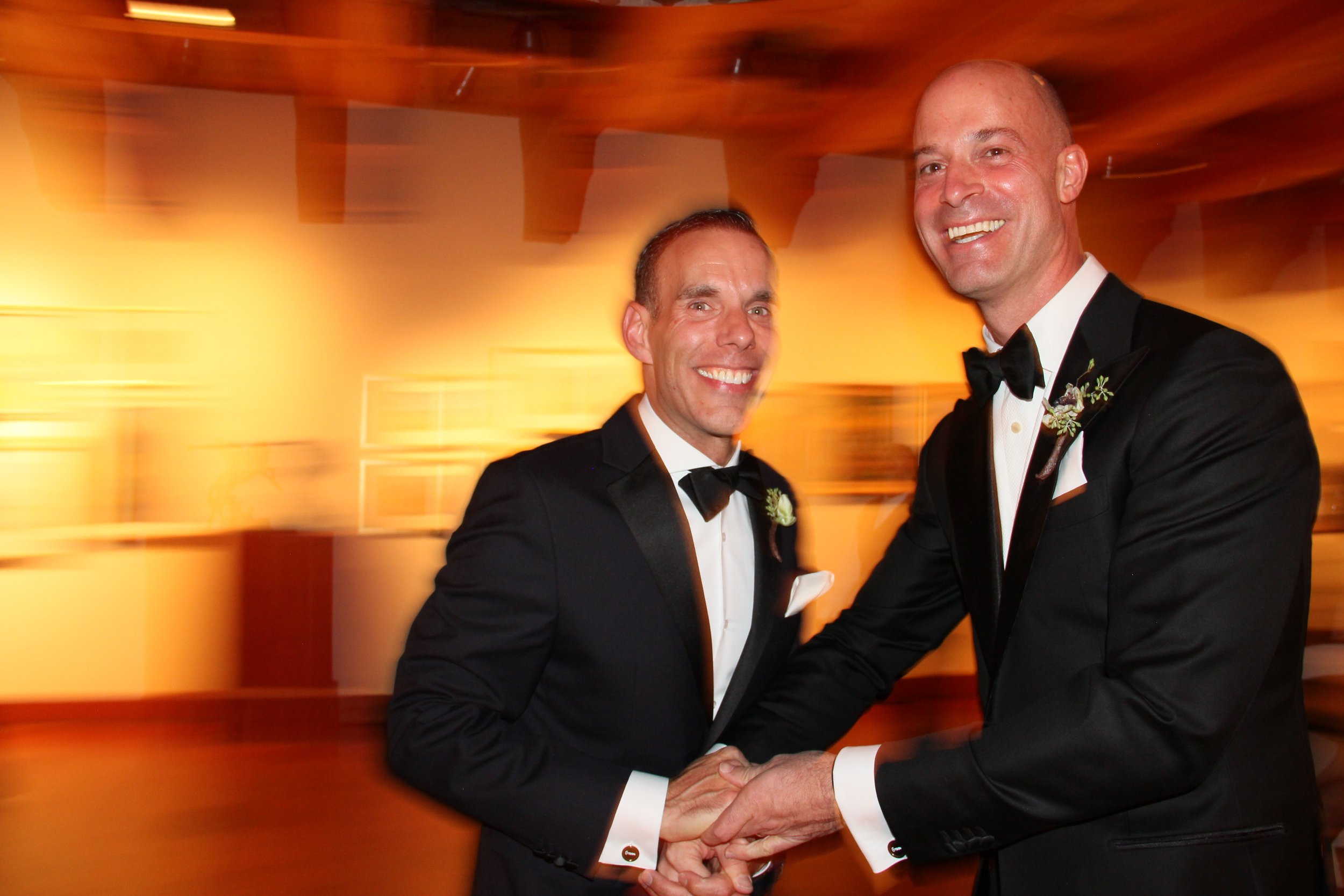INTERIOR DESIGN EXPERT: COLIN GRIFFITH
Colin Griffith creates spaces that his clients describe as “works of art,” “signifying [our] passion for life,” and “places to love more every day.” He’s designed urban bachelor pads to family mountain retreats and is in such demand that, only half way through this year, he’s already exceeded the number of projects he completed in total for 2016.
We spoke to Colin about his process of design, how best to work with interior designers and the priorities that clients should put on designing their home. His insights are as compelling as his designs.
HOW DO YOU APPROACH THE TASK OF MERGING TWO WORLDS?
I always say that half of being a good designer is being a good therapist!
I am really good at reading people: body language, posture, interests which help me because so many people starting a design project don’t really know what their true style is, within interiors. So, the biggest part of my job is to extract their true vision and taste and then bring them to life.
Fundamental to two people moving into together is identifying personal tastes and preferences and peeves. And, then, it is all about bringing it together in new ways.
I don’t do curated design. I like everything to be collected and enduring, even if it is all brand new. I like things that tell a story, and a story that is true to the couple. It is really down to making it all about my clients and making sure that they are both reflected in the spaces as individuals and as a couple.
WHAT MAKES FOR A GOOD DYNAMIC BETWEEN A DESIGNER AND CLIENT?
Interior design is very personal and intimate.
I learn a lot about a couple’s wants, needs, future needs and even challenges. I work very hard to earn my client’s trust. I’ve had several projects where the clients trust me so much that they actually give me complete freedom to make design decisions and complete the project after two or three meetings.
Great clients are ones who are open to exploring. I create spaces that enable my clients to live the life they want to live and in order to do that we have to take some risk and have some trust
And, clients who are honest are great clients. You’re not going to hurt my feelings if you tell me you don’t like something. It is much worse to not say what you like or don’t like about something. Worst yet, is not even having an opinion! If I don’t know what someone really loves or really hates, I can’t create their vision.
HOW CAN CLIENTS HELP YOU HELP THEM?
The biggest service a client can do for me is to come with images.
Tear them out of magazines, earmark them in books. Show me everything you like and even what you don’t like, because I can very quickly identify patterns and themes. And, especially with couples, I encourage them to do this independently and pull out images that speak to them – even if they don’t know why – to find out what they have in common and understand how they are different. If clients come to me with 500 images of things they like, they cut down my design time by at least 15%.
I don’t put things in a home just to fill space. Each piece is thought out and strategic. If people love books, why not have a coffee table book from one of your favorite trips or destinations-it allows guests to inquire about it and invites them into your home and adventures a couple has created together. It’s a great icebreaker.
And, frankly, good design starts in the closet! If a client has little to no idea of what their individual style is I often ask to see their wardrobe - by seeing what they wear everyday, what they splurge on and how they dress when they are most comfortable, I can identify patterns in style to develop their style for their home.
HOW SHOULD CLIENTS THINK ABOUT BUDGETING FOR A DESIGN PROJECT?
It is all about making priorities.
If you have a large house, but never have guests over, I am not going to spend a lot of money on the guest rooms. I will make them blend with the overall design, and be very comfortable, but I want to put the money in the spaces that you do and want to enjoy most. Or, if you don’t cook or entertain, we aren’t going to spend a ton of money on a huge kitchen. We want to put your dollars where they are going to be used the most. Not everything has to be expensive, it just has to be the right pieces.
I always advise that clients invest in “heirloom” pieces to anchor a room. Heirloom does not always mean old. It can be something brand new or a piece of art. Something that will continue your design legacy after you pass. It can be a great couch or a great piece of art that makes it the center of attention in a room. Or, if there is a piece that a couple loves – like their grandfather’s desk chair – I tell them to put it in a place that they see every day and that will start a conversation.
But, buying IKEA becomes an environmental question. You are going to go through those pieces every 18 months and over time you’ll have gone through a lot of them and spent the same amount you would have on a better higher quality piece of furniture and not added to landfill. So, don’t be afraid to spend money now that you’ll end up spending later.
Now, one thing I don’t advise, is buying art to just fill a wall. I’d rather a wall be blank until you find a piece that means something to my clients and that tells a story.
WHAT ARE SOME OF THE TRENDS YOU’RE NOTICING IN DESIGN?
Trends all have a short lifespan and design is cyclical. Just like fashion continually changes, you see things come back around. Just like you invest in some quality staples, like a great pair of jeans, that cashmere sweater or a linen blazer, I practice the same strategy in design.
So, more than any specific trend, I advise clients to invest in the longevity of their home. Don’t buy the couch in a trendy color, but instead buy a neutral color and let the less expensive throw pillows be on trend.
Again, it is like how you dress. If you want something trendy and funky, let it be your pocket square. Your suit should be classic and beautifully cut.
I know products, vendors and manufacturers all over the world and am an expert in the best artisans, and craftsmen. So, I am interested in people buying pieces that tell a story versus buying stuff to fill a space. I’d rather wait to find the right piece whether it is on trend or not.
You cannot force good design. And, good design changes and develops over time, so get comfortable with the process and find exactly what reflects your personality and how you want to live.
Designing your home is just like your wedding. They are unique to each couple and a special event. As long as you are true to your style, your home will reflect your personality.
Explore more of Colin’s sterling work at his site.





















Some places are tailor-made for celebration, and the Queen’s House in Greenwich is one of them. This architectural gem, part of Royal Museums Greenwich, is a space imbued with history, beauty and charm, making it an ideal venue to make one’s big day a dream come true.